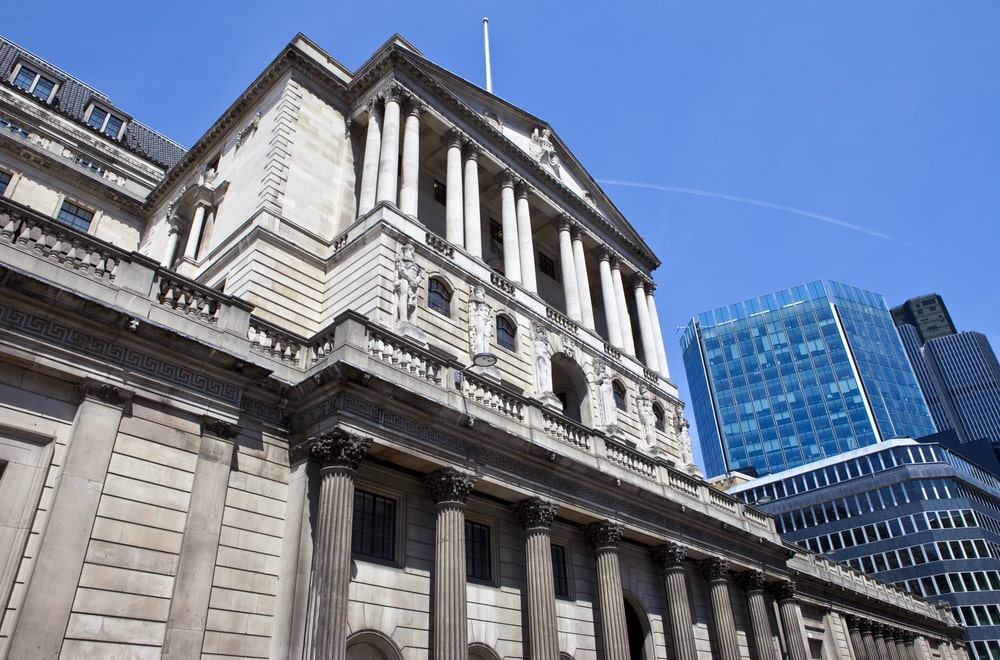
Monetary Policy & Inflation | Rates | UK

Monetary Policy & Inflation | Rates | UK
This article is only available to Macro Hive subscribers. Sign-up to receive world-class macro analysis with a daily curated newsletter, podcast, original content from award-winning researchers, cross market strategy, equity insights, trade ideas, crypto flow frameworks, academic paper summaries, explanation and analysis of market-moving events, community investor chat room, and more.
Link to Most Recent ECB Meeting Minutes (March 2023)
Since the last ECB meeting, and after the March banking sector volatility, most policymaker comments have shifted away from the unconditional need to hike and towards the data dependence of May’s decision. This is unsurprising given the criticisms levelled at the tactic (particularly from the likes of Bank of Italy Governor Ignazio Visco).
Policymakers also broadly agree the ‘bulk of hiking’ is behind them, which is self-evident unless an 8% terminal rate is possible.
Continued Core Inflation Beats Would Justify 50bp in May
Right now, a 50bp hike in May is my central case (the market is pricing 25bp). I estimate most major voters are either in favour of 50bp or undecided between it and 25bp. Should my expectation that core inflation will remain above ECB forecasts prove correct, this should be enough to push the consensus to 50bp.
I am not alone in thinking that the ECB’s estimates for core inflation look optimistic. The March minutes set that out clearly. Meanwhile, although the doves would like to focus on headline inflation as it falls (recall: they were keen to look through it while it was rising), ECB President Christine Lagarde’s recent speeches reaffirm the emphasis on underlying inflation instead.
Banking Sector Woes Unlikely to Prevent Near-Term Hawkishness
Banking sector stress is a factor in the recent ‘dovish’ shift. It follows that if banks tighten credit conditions, the ECB will need to hike less. True, the Governing Council (GC) disagree on exactly how to balance price stability and financial (members Visco, and to an extent Klaas Knot seem more wary; Madis Müller and Olli Rehn less so). However, if market conditions are dire, they will likely take the prudent choice and pause.
Conditions have improved considerably since the last meeting (Appendix). The clearest data on whether banks are tightening lending conditions would come from the EZ bank lending survey. However, this may come out too late to be a strong input at the next few meetings (Q2 data is released end-July). Consequently, in the near term, I expect that speakers who had been more cautious due to market moves will find their hawkish feet again.
Final March Eurozone inflation confirmed that headline dropped to +6.9% YoY (from +8.5%), while core rose another 0.1pp to +5.7% (Chart 1). However, this was still a decent drop in MoM core versus the month’s typical value, driven largely by an undershoot in clothing inflation (Chart 2).
Expect Core Inflation to Remain Elevated Ahead
This was the first MoM core undershoot in a year but is easily explainable. March typically sees high repricing action. The larger-than-typical repricing in January likely meant less repricing was needed in March (Chart 3). I expect this one-off effect does not repeat in April. Consequently, there will continue to be strong upside risk to the ECB’s expectation for an average +4.6% core reading for this year (Chart 4).
Clothing Was Main Source of March Core MoM Slowdown
The March repricing effect was most notable in clothing. There, the underperformance in March correlates strongly with the larger re-pricing in January. This is a relatively stable historical relationship, albeit one that has seen larger movements since the GFC (Chart 5).
Right now, underlying inflation is clearly the biggest concern. Alongside Lagarde, speakers from across the spectrum (including Luis de Guindos, Joachim Nagel, François Villeroy, Pablo Hernández de Cos, Müller and Boris Vujčić) have cited it as a concern and/or its slowing being necessary for a pause.
By my calculations, core inflation should stabilise above +5.5% YoY over the next few months. April preliminary data is due at the start of May, which will likely confirm that the ECB’s projections are too low. The offset will be that even with soaring food prices, energy prices could drag headline inflation lower. Short of a new energy price crisis, this will likely see headline undershoot near-term ECB forecasts.
On balance, given Lagarde’s focus, continued tightness in labour markets and increased focus on corporate profits should leave this a net-hawkish outturn – even more so if high underlying inflation were to feed into inflation expectations (Appendix: Chart A6).
It therefore seems highly likely that the May hike is another 50bp. I have previously noted the possibility of the ECB hiking above 4%; I now shift my base case to a 4% terminal rate. Before SVB’s collapse, the market had come to agree with this. However, it has pared pricing despite the fundamentals having worsened since then (Chart 6).
Spring sale - Prime Membership only £3 for 3 months! Get trade ideas and macro insights now
Your subscription has been successfully canceled.
Discount Applied - Your subscription has now updated with Coupon and from next payment Discount will be applied.